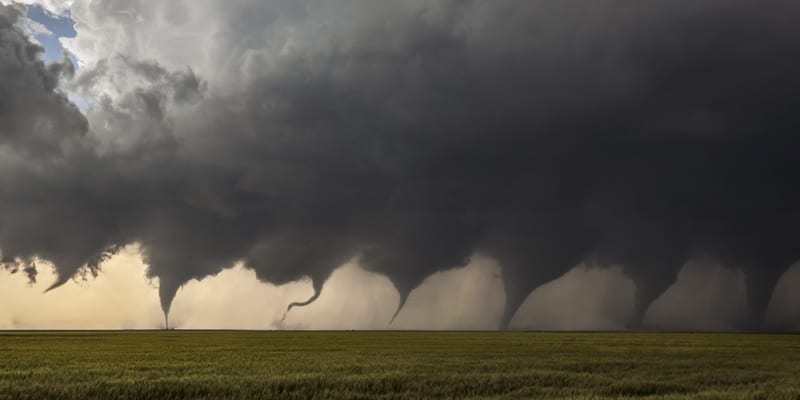The Top 4 Tips for Natural Disaster Recovery

 The damage natural disasters cause has an impact on different parts of life, such as the environment, health, and the economy. While it is right to focus on those aspects, the impact of a natural disaster on company data and computer systems also can cause a dramatic negative change in the lives of the employees involved. But how do we approach natural disaster recovery?
The damage natural disasters cause has an impact on different parts of life, such as the environment, health, and the economy. While it is right to focus on those aspects, the impact of a natural disaster on company data and computer systems also can cause a dramatic negative change in the lives of the employees involved. But how do we approach natural disaster recovery?
According to the Federal Emergency Management Agency, 40% of companies do not reopen after a natural disaster. This can be a result of excessive downtime, equipment failures, or financial losses that are so intense that there is no chance of recovery. To avoid a catastrophe, take these steps to protect your assets from natural disasters.
Maintain a Strong Business Continuity Plan
A business continuity plan is a way to ensure the safety of your assets. This usually begins with forming a disaster recovery plan. When creating your business continuity plan, some helpful questions to ask would be:
- Which systems are absolutely critical for operations and which are nonessential?
- Will revenue continue to be generated if a certain application becomes unavailable?
- What will our response to disaster be?
- How will employees keep working if the office is not accessible?
Store Data Off-Site in the Cloud
By storing data in the cloud, your business can benefit from reduced costs and increased flexibility. Additionally, in using the cloud, your company won’t have to keep as much, or any data on-premises. As a result of this, if you are hit with a natural disaster, copies of your data will not be lost in the fray.
Consider Protecting Data via Geographic Redundancy
Geographic redundancy is the process of replicating critical data to a separate data center, located a significant distance from the primary center. In implementing this, you have a backup plan in the event that a natural disaster takes out your primary data center. Providers can charge more for this service; therefore, companies should make sure they can finance this option before committing to it.
Know Where Your Data is Located
Data is stored across many systems, which makes it hard to keep track of. However, it is imperative that companies know what data they’re storing as well as where it is being stored. With this information, figuring out what data is the most critical to protect is much easier.
Natural disasters are difficult to predict, but they are also inevitable. The best way to protect your business is to prepare thoroughly. With protection, a company is able to recover from a natural disaster, without it, however, they open themselves up to potential ruin.




















